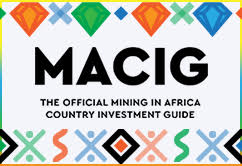SEARCH RESULTS FOR:
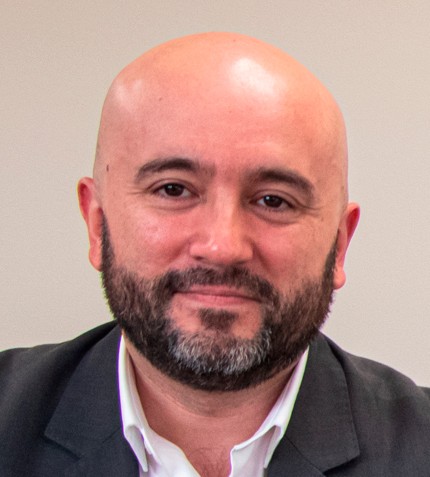
Gonzalo Silva
REGIONAL MANAGER – FLOW CONTROL BUSINESS LINE, VALMET
"In Chile, we want to expand the availability of our stock and increase the flexibility in valve assemblies, as well as our service presence."

Patricio Pinto
EXTERNAL AFFAIRS DIRECTOR, KINROSS CHILE
"La Coipa is one of the few operations in Chile that employs filtered tailings, allowing us to recover and recirculate 80% of the water used."
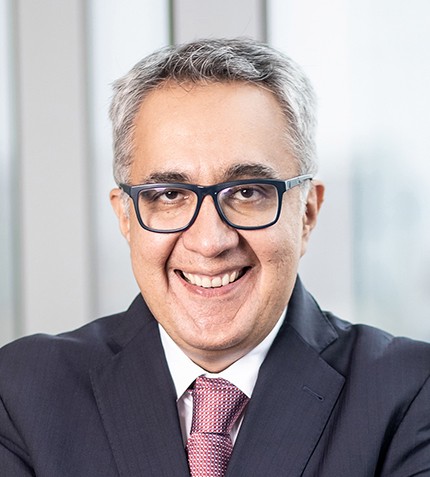
Luciano Macías
GENERAL MANAGER, TERPEL PERU
"For 2024, we have allocated US$3 million for automation, transitioning to a new energy matrix, and refining our blending process. These upgrades aim to double our production capacity to meet local demand and expand into neighboring countries."
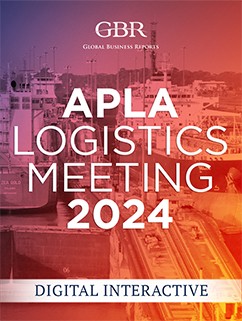
APLA Latin American Logistics Meeting Review
Despite the challenges, Latin America has several opportunities: Its green energy mix paves the way for the energy transition. In this journey, the chemical and petrochemical industries will be critical, leveraging emerging technologies like AI to enhance their operations.

Paul Kabuswe
MINISTER OF MINES AND MINERALS DEVELOPMENT, GOVERNMENT OF THE REPUBLIC OF ZAMBIA
"Zambia is ready for business, and as part of our goal to reach 3 million t/y of copper production, there have been some important announcements recently."
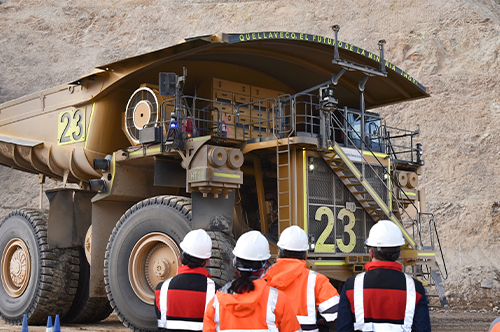
Equipment and Technology in Peruvian Mines
Peru Mining 2024 Pre-Release II
Going from “greener” to green
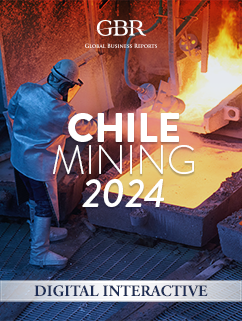
Chile Mining 2024 - Digital Interactive
As the climate crisis deepens, Chile finds itself at a pivotal moment in its mining history.

Andrianto Jayapurna
PRESIDENT, HENKEL THAILAND
"By investing in smart technologies and systems, Henkel Thailand is leveraging digitalization and Industry 4.0 technologies to strengthen its manufacturing excellence."


Jorge de Morais
GENERAL MANAGER, KAESO ENERGY SERVICES
"We want to invest in infrastructure and local talent, making sure that the resources bring real benefits to the local communities."




